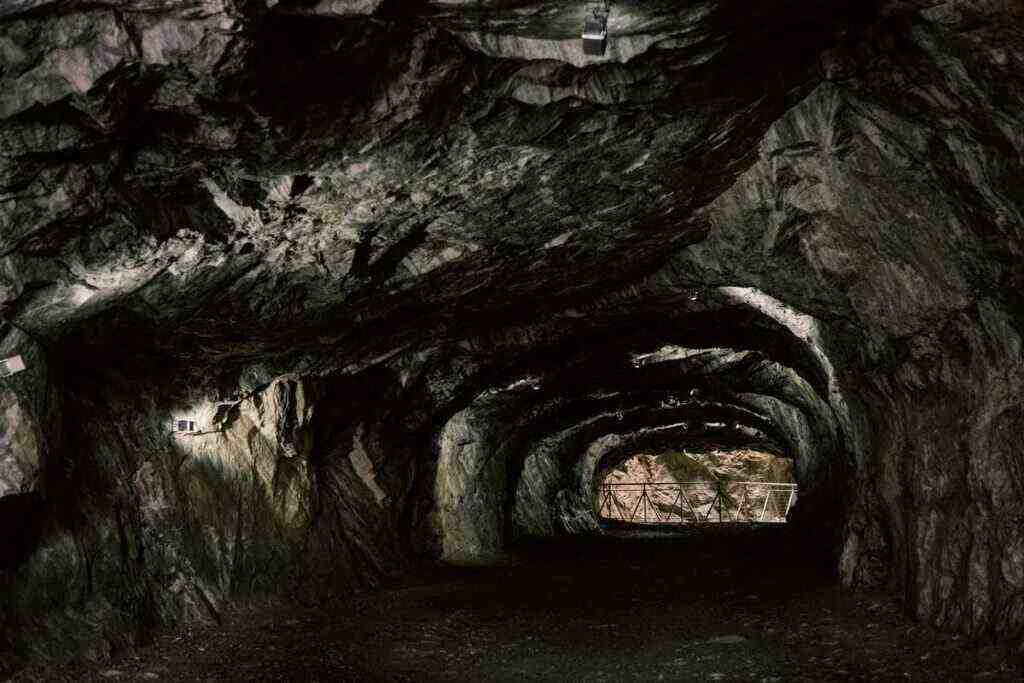Exploring the Moon’s Rotation: A Lunar Journey Through Time
Embark on a captivating journey as we delve into the intricacies of the Moon’s rotation, revealing hidden secrets and exploring its profound impact on our celestial companion. Join us on this lunar adventure as we traverse through time, unraveling the mysteries that surround the Moon’s enigmatic dance around Earth.
Unveiling the Moon’s Rotation: A Celestial Ballet
The Moon’s rotation, a graceful and mesmerizing celestial performance, has captivated astronomers and stargazers for millennia. This synchronized dance between Earth and its celestial partner plays a pivotal role in shaping the Moon’s unique characteristics, influencing its tides, eclipses, and surface features.
1. The Moon’s Synchronous Rotation: A Perfect Harmony
In a cosmic ballet of perfect harmony, the Moon’s rotation period is precisely equal to its orbital period around Earth. This remarkable synchrony, known as synchronous rotation, means that the Moon always presents the same face to Earth, a phenomenon commonly referred to as the “near-side” and the “far-side.”
2. The Moon’s Librations: A Subtle Dance of Revelation
While the Moon’s synchronous rotation creates the illusion of a static lunar landscape, subtle variations known as librations add a dynamic element to this celestial choreography. These librations, caused by the Moon’s elliptical orbit and the varying gravitational pull of Earth, allow us to glimpse a little over 50% of the Moon’s surface over time.
Unraveling the Mysteries of the Moon’s Rotation
The Moon’s rotation, far from being a passive celestial occurrence, holds profound implications for our understanding of the lunar environment and its evolution. Delve into the captivating mysteries that surround this intricate celestial movement.
1. Tides: The Moon’s Gravitational Embrace
The Moon’s rotation exerts a gravitational influence on Earth’s oceans, giving rise to the rhythmic ebb and flow of tides. This mesmerizing spectacle, a testament to the Moon’s gravitational pull, shapes coastlines, influences marine life, and plays a vital role in Earth’s dynamic coastal ecosystems.
2. Eclipses: A Celestial Symphony of Shadows
The Moon’s rotation, in conjunction with its orbit around Earth and the Sun, orchestrates the awe-inspiring spectacle of eclipses. During a solar eclipse, the Moon passes between Earth and the Sun, casting a temporary shadow on our planet. Conversely, during a lunar eclipse, Earth’s shadow falls upon the Moon, shrouding it in darkness. These celestial events offer a glimpse into the intricate mechanics of our solar system.
3. Surface Features: A Tapestry of Lunar History
The Moon’s rotation, in conjunction with its geological evolution, has shaped the diverse and captivating surface features that we observe today. From the vast, dark regions known as maria, believed to be ancient lava flows, to the towering lunar mountains, the Moon’s surface bears witness to its dynamic past.
Conclusion: A Lunar Legacy of Discovery
The Moon’s rotation, a celestial dance of mesmerizing beauty and profound significance, continues to captivate and inspire humanity. As we unravel the mysteries of this lunar phenomenon, we gain invaluable insights into the intricate workings of our solar system and the captivating history of our celestial neighbor. The Moon’s rotation stands as a testament to the wonders of our universe, beckoning us to explore further, to unravel the secrets that still lie hidden among the stars.
Call to Action: Embark on your lunar exploration journey today! Discover the wonders of the Moon’s rotation through captivating documentaries, immersive virtual experiences, and hands-on astronomy activities. Let the Moon’s celestial dance ignite your curiosity and inspire you to explore the boundless mysteries of our universe.
